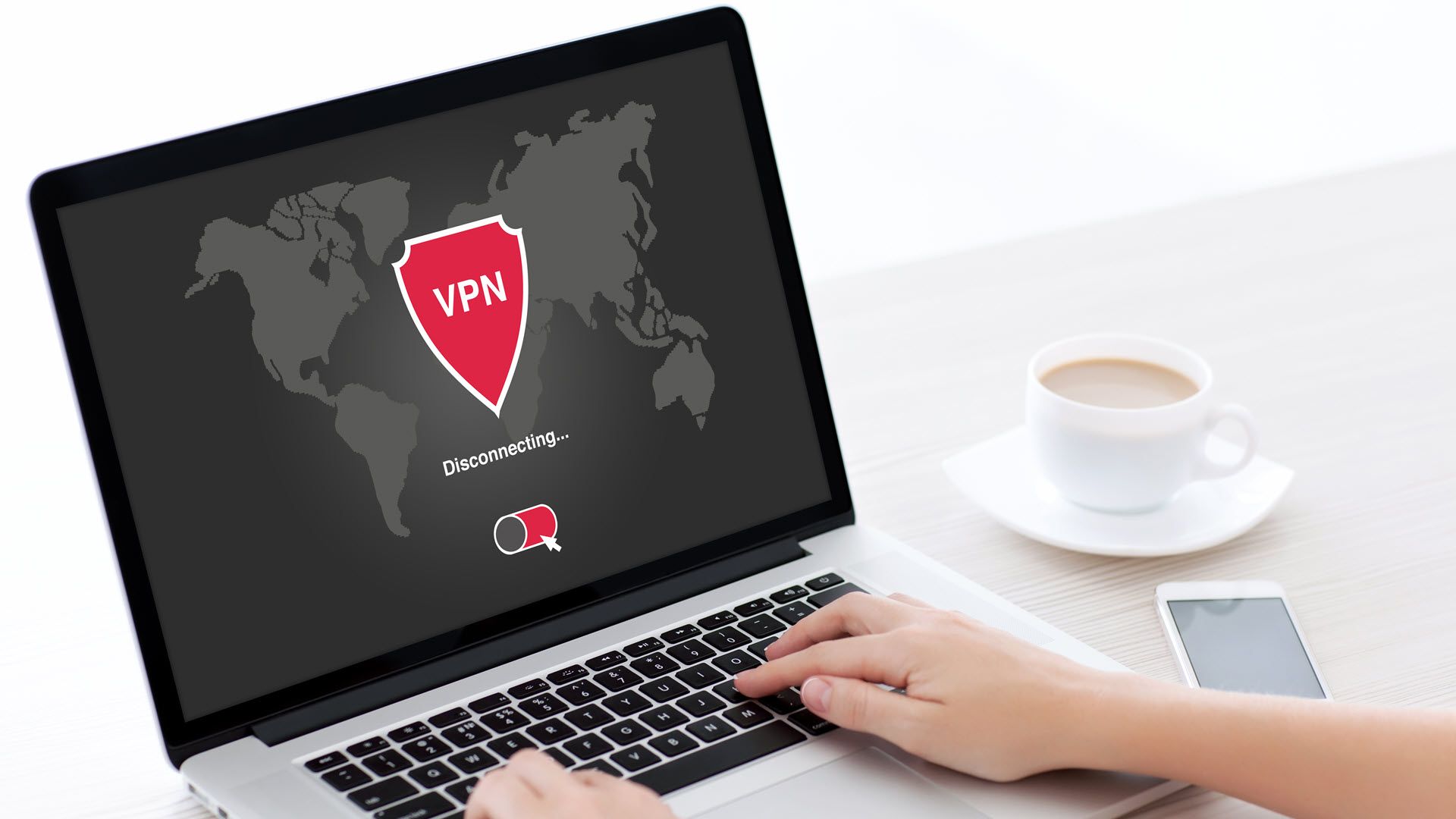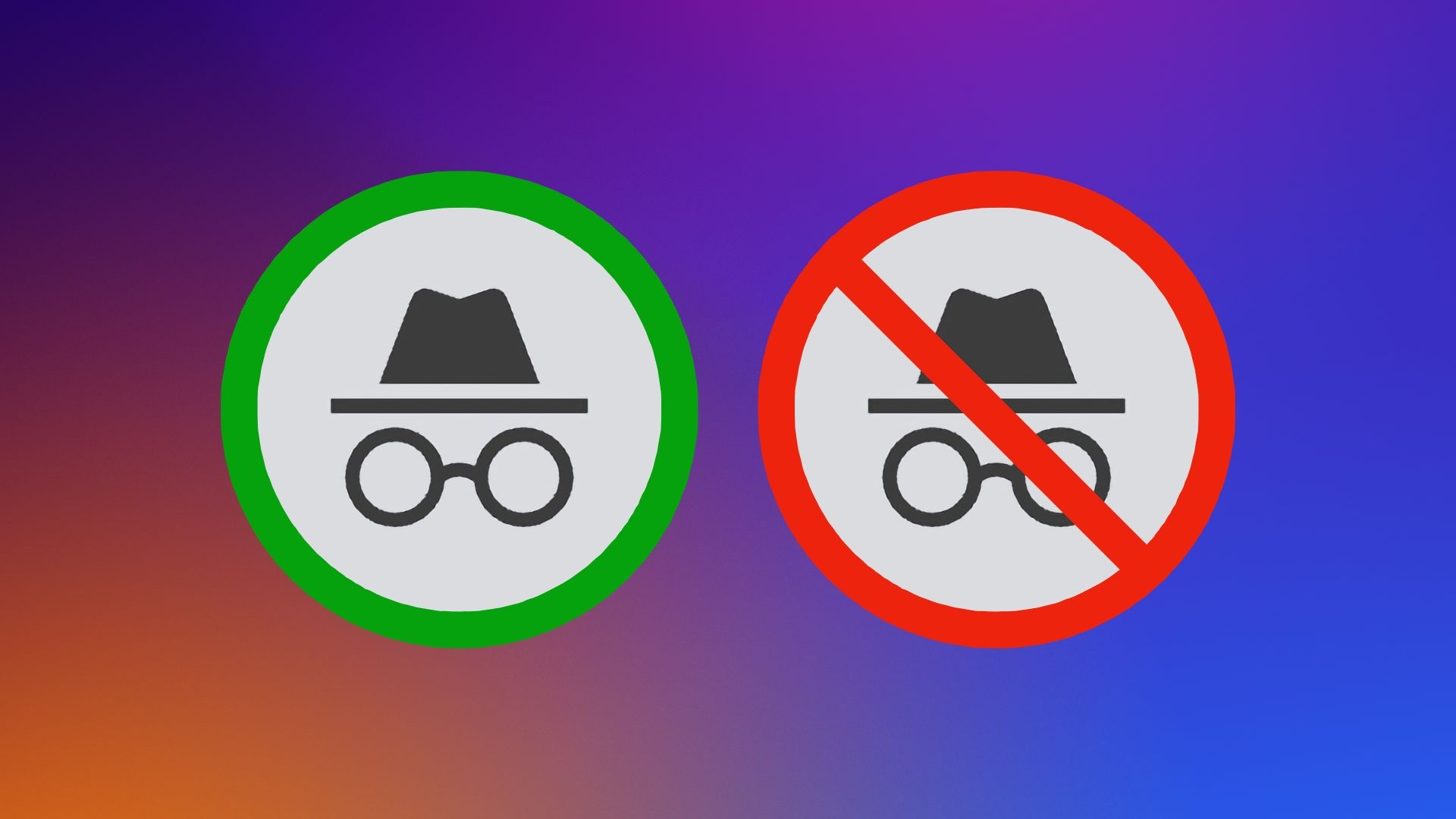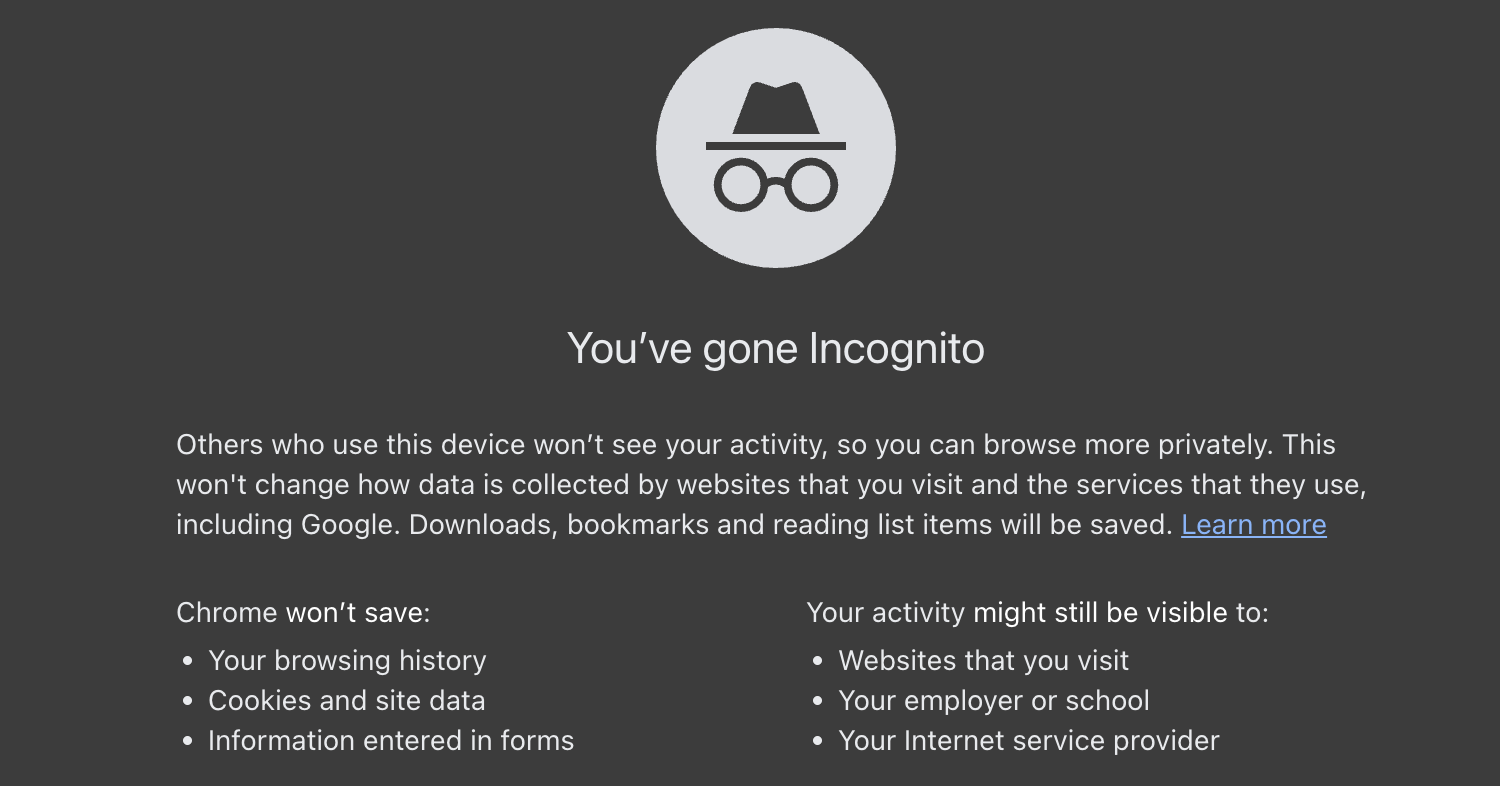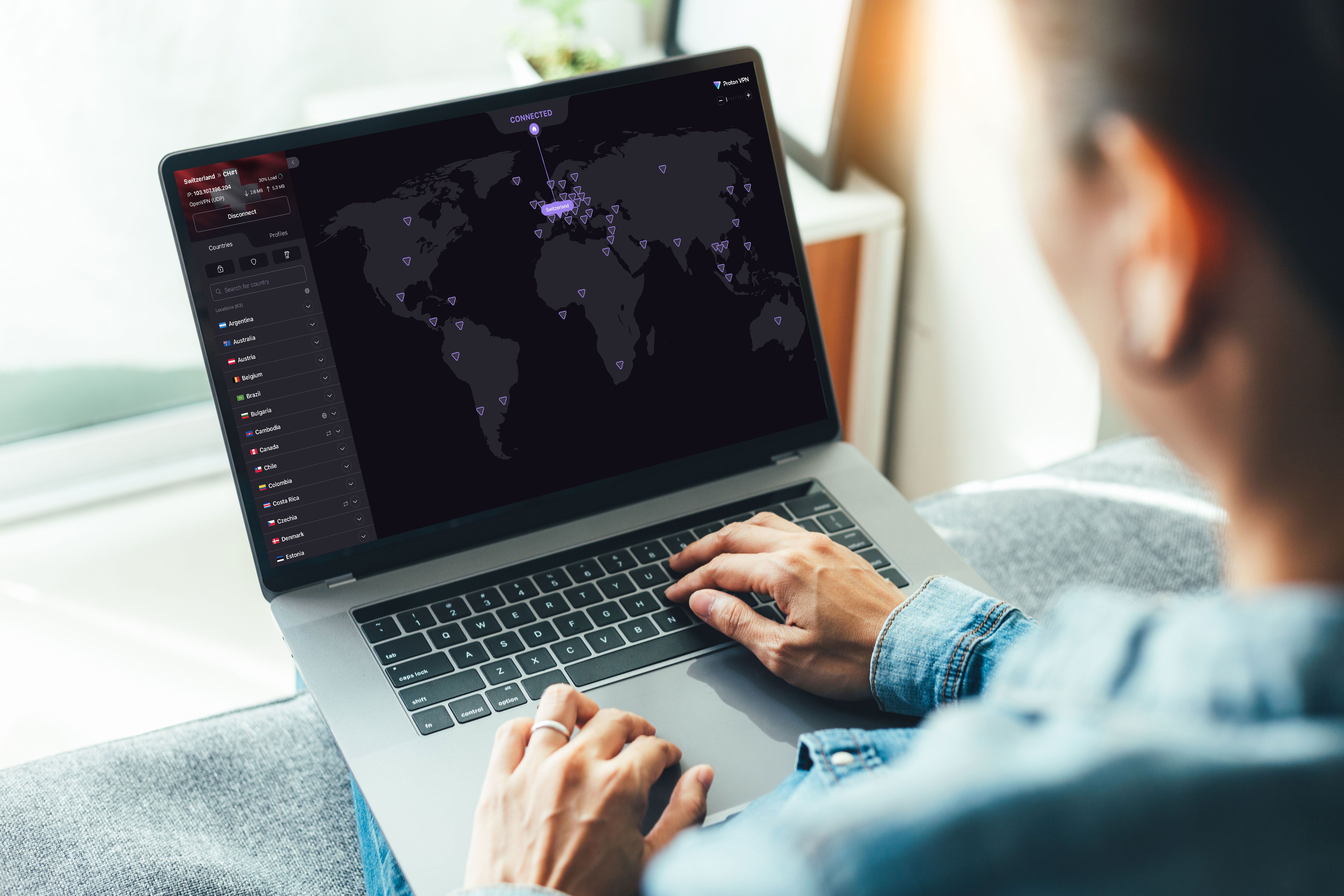Summary
- Incognito mode hides your browsing history from others using the same device.
- VPNs encrypt your internet traffic and route it through their servers.
- Use Incognito mode to keep browsing history private; Use a VPN to prevent tracking and for security on public Wi-Fi.
Privacy is one of the driving forces that dictate our use of the Incognito mode or VPN on our devices. However, there are significant differences in how private these tools can make our imprints in the digital world.
What Is Incognito Mode?
Incognito mode, or private browsing, is a built-in feature in web browsers that deletes your browsing history, items in cache, and cookies as soon as you close your private windows. It’s primarily used when you want to keep your internet browsing private from others who use the same device or want a temporary fresh slate without any older cookies tattling on you while you access a website.
Once a private session is closed, you or anyone using the same device can’t access what you browsed. However, any files you download, bookmarks you make, or additions to features like reading lists or speed dials will continue to be available.
Despite the common misconception, Incognito mode doesn’t make you anonymous. Your activities in Incognito mode and your IP address might still be visible to the internet service provider (ISP), the website you visit, and your employer or school. It doesn’t mask your identity or prevent websites from gathering information about you.
What Is a VPN?
A virtual private network (VPN) is a technology that creates an encrypted tunnel to pass your internet traffic to hide it from prying eyes. This secure tunnel not only encrypts your online traffic to make it more secure but also routes it through a server of the VPN provider. This masks your IP address and makes it appear as if you are browsing from the server’s location, and anyone seeking an IP address based on your internet traffic will get the server’s IP address.
Unlike Incognito mode, VPNs provide a level of anonymity and protect your privacy from your ISP, the website you visit, and anyone else viewing your internet traffic. VPNs can also circumvent geographic restrictions on content, as to the content provider, you are browsing from wherever the VPN server is located. So, you can connect to a US-based VPN server to make it seem like you are in the US and access any website that limits its content for US residents.
Remember, nothing is entirely foolproof; even if you’re using a VPN, there is still a risk. A misconfiguration or accidental disconnection may leak your IP address. Moreover, not all VPN providers have a strong no-logs policy and keep an account of what you’re doing while you are connected to their servers.
So, when you’re choosing a VPN service and want the best possible privacy, it’s important to look for features, such as a kill switch to stop the internet connection in an event of proxy failure and a transparent no-logs policy to ensure the service provider isn’t keeping your browsing data.

Related
Everything You Need to Know About VPN Services
Most people have heard of VPNs and may know they provide privacy, but what exactly is a VPN?
How Do Incognito Mode and VPNs Impact Your Privacy?
Although Incognito mode and VPNs are both tools for improving online privacy, they significantly differ in how they work and the level of privacy protection they offer.
For example, Incognito mode doesn’t improve your connection security or hide your IP address. However, it helps limit website tracking a bit as cookies and other trackers put by the websites you visit are deleted after you close the private browser window. So, they can’t use cookies to build a profile of you based on your visits. That said, websites can still use other methods of tracking, such as browser fingerprinting, to track you. Moreover, anything you do is tracked if you’re logged into a website.
Incognito mode is primarily useful for hiding what you’re visiting from other users of the same device. It deletes your private browsing history after the session.
A VPN, on the other hand, is significantly more privacy-oriented. It encrypts your web traffic and hides your IP address behind its own IP address. So, if you don’t want your ISP or anyone else tracking your internet traffic to know what you’re visiting, a VPN can help. They will only see that you’re connecting to a remote server, not the websites you visit. It can also help avoid website and advertiser tracking, as they will find it hard to link your online activity back to your specific device or location.
VPNs also protect you from prying eyes on public or open Wi-Fi networks and help bypass government censorship or blocks.
However, if you’re signed in to a service and using a VPN, your anonymity goes out the window as the website, despite the VPN server’s location, knows that you are browsing their website or watching their content.
Plus, if you’re using a VPN, your browsing history and everything that Incognito mode typically deletes remains available to see for the other folks using the same device.
Here’s a quick summary of the key differences between Incognito mode and a VPN.
|
Feature |
Incognito mode |
VPN |
|---|---|---|
|
Primary benefit |
Provides local privacy |
Secures internet traffic and offers online privacy |
|
Hides IP address |
No |
Yes |
|
Encrypts internet traffic |
No |
Yes |
|
Browsing history |
Deleted after private session |
Saved locally and potentially by the VPN service provider |
|
Cookies and cache |
Deleted after private session |
Can be managed through the VPN service |
|
Internet traffic visible to ISP/ network admin |
Yes |
No |
|
Ability to circumvent geo-restrictions |
No |
Yes |

Related
How to Browse the Web Anonymously: A Simple Guide
Is it possible to browse completely anonymously? Let’s see how you could do it.
When to Use Which?
Choosing between the Incognito mode and a VPN depends on what you’re trying to achieve. Here are the common scenarios in which Incognito mode, VPN, or both should be used.
When to Use Incognito Mode?
- When you want to keep your browsing history private from other folks using the same device. Whether it’s a shared computer in a dorm, a computer in a public library, or a machine in an internet café, Incognito mode ensures your browsing history, logins, and cookies aren’t saved.
- When you want to access a website with a clean slate, without the website knowing that you have accessed it before or have an account with it.
- When you want to temporarily log into a second account on a website without signing out of your primary account.
When to Use a VPN?
- When you don’t want your ISP, employer, or school to know what you’re browsing online.
- When you don’t want the websites you visit or the advertising networks on them to track you, know who you are, or from where you are browsing.
- When you want to bypass geo-restrictions to access content restricted to specific countries.
- When you want to increase your security while connecting to a public or open Wi-Fi network.
When to Use Both the Incognito Mode and a VPN?
- When you want privacy from other users, as well as your ISP and other entities, on a shared device.
- When you want to maximize your privacy and leave as little trace of your online activities.
Now that you know how different Incognito mode and VPN are, you may want to know about the threats that Incognito mode can’t protect you from and the common VPN mistakes that people make.






